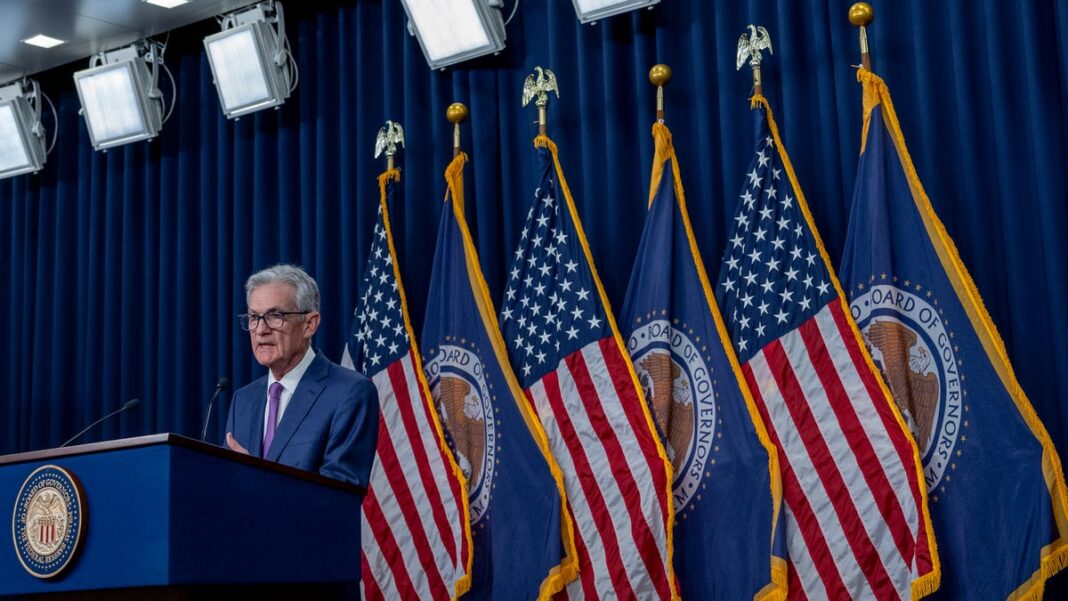What is the date of the upcoming Federal Reserve meeting? Get updates on the current interest rate.
In a significant move, the Federal Reserve reduced the benchmark short-term interest rate by half a percentage point for the first time in four years. This followed a persistent hold at a 23-year high since July 2023 until the meeting in September, adjusting the new rate range to 4.75% to 5%.
According to a statement from the Fed after their two-day meeting, “The Fed has increased its confidence that inflation is steadily moving towards the 2% target, and considers that the risks associated with achieving its employment and inflation goals are now fairly balanced.” They acknowledged the uncertain economic outlook and remain cautious about the risks related to both aspects of their dual mandate.
As inflation continues to ease, there is speculation about possible rate cuts in the remaining two Fed meetings of the year. Predictions among economists have softened, with many anticipating just one or two rate cuts.
Fed Chair Jerome Powell indicated that officials could either accelerate or decelerate the rate-cutting schedule based on how the economy and inflation develop. Here’s what the Federal Reserve has planned for its remaining meetings this year.
When is the upcoming Fed meeting?
The next Federal Reserve meeting is scheduled for November 6 to 7.
Federal Reserve Meeting Schedule for 2024
- January 30–31
- March 19–20
- April 30–May 1
- June 11–12
- July 30–31
- September 17–18
- November 6–7
- December 17–18
Why does the Fed increase interest rates?
The Federal Reserve acts as the central bank of the United States, overseeing monetary policy. This includes setting interest rates and managing the money supply.
Its primary goals are to ensure “maximum employment and stable prices in the U.S. economy.” Maintaining stable prices involves keeping inflation in check, with the long-term target set at 2% annually.
One of the key mechanisms the Fed uses to combat inflation is the federal funds rate, which reflects the interest rate banks charge one another for overnight loans. An increase in this rate typically leads banks to raise their costs, which they often pass on to consumers.
Although the Fed does not have direct control over all national interest rates, an increase in the federal funds rate tends to influence other rates, such as those for adjustable-rate mortgages, credit cards, home equity lines, and various loans.
What is inflation?
Inflation refers to the overall rise in prices across various goods and services in the economy, including items like gas, rent, and food.
It can occur for multiple reasons, such as higher consumer spending on scarce products or services, allowing businesses to raise prices without affecting sales significantly.
A shortage of supply can also trigger inflation. If there aren’t enough goods to satisfy demand, it can lead to increased wholesale costs for manufacturers or retailers, resulting in higher prices for consumers.
Want to learn more? We have answers
YSL News is dedicated to addressing the questions you and many others ask regularly. Whether it’s about “What is inflation?” or “What is a recession?” or “How to set up Zelle?” – we aim to provide clarity on the most common inquiries. Visit our Just Curious section for more information.

